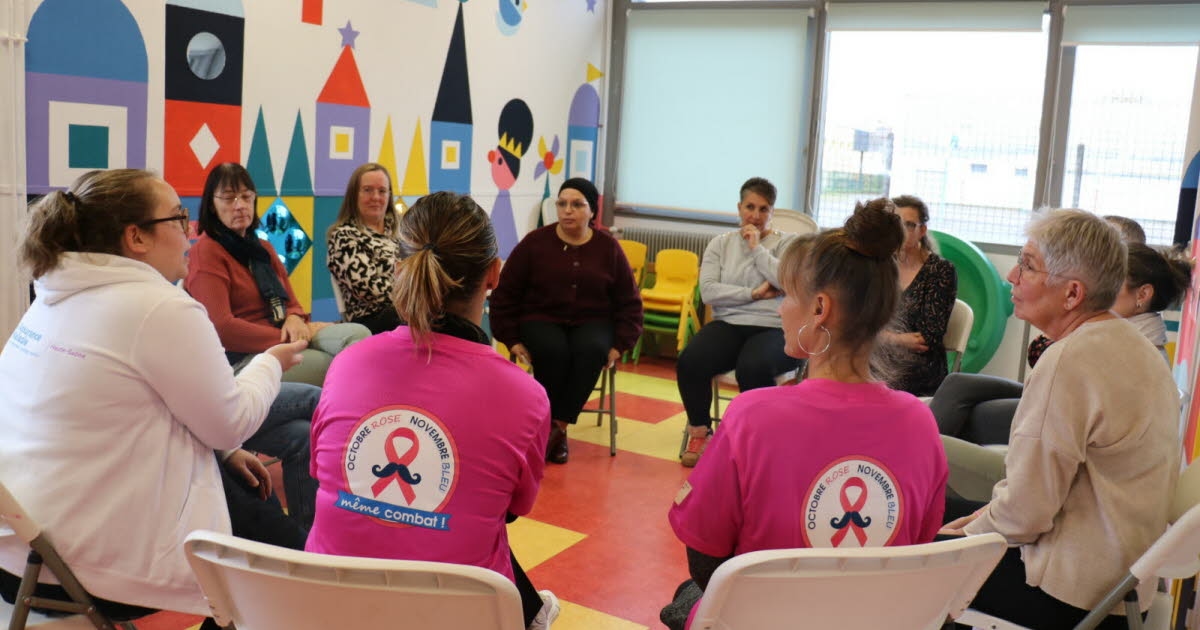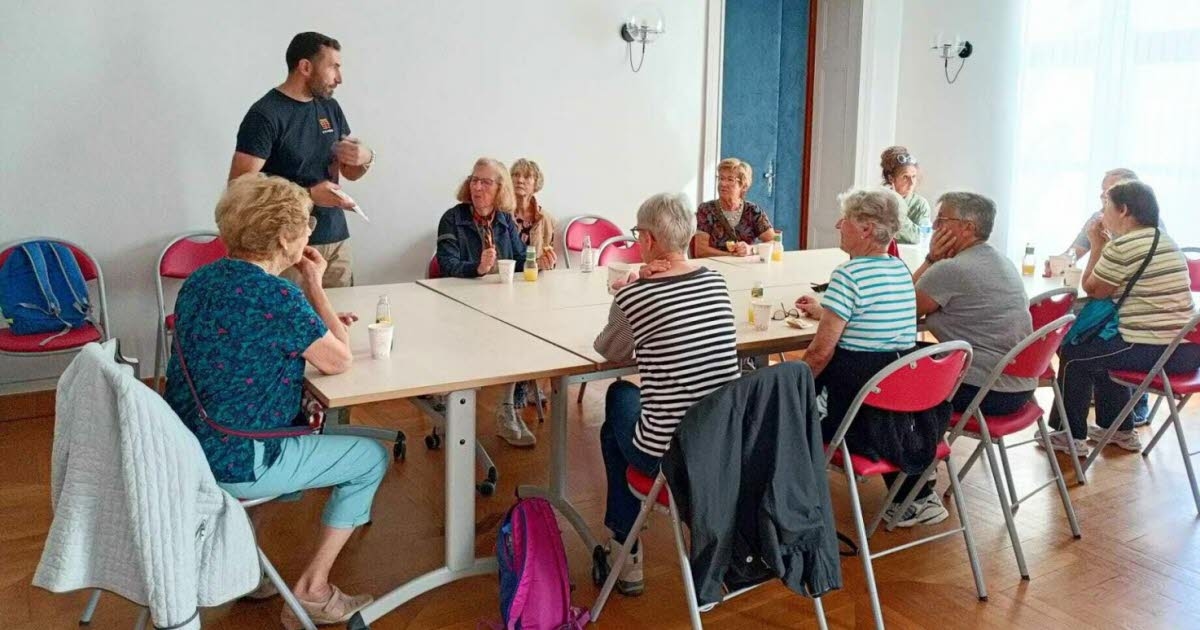Society. Will we soon be able to identify criminals through recreational DNA testing?

On October 21st, Justice Minister Gérald Darmanin explained his intention to amend the law to allow the Nanterre Cold Case unit to attempt to solve unsolved cases. To strengthen and facilitate the work of investigators, his SURE bill proposes authorizing law enforcement to use genetic genealogy. What does this mean?
In an interview given to France Inter, transcribed on the website of the Government Information Service, Minister Gérald Darmanin justified his desire to enshrine in law (SURE for "Useful, rapid and effective Sanction") the authorization for French investigators from the Cold Case unit (unsolved serial or unsolved crimes unit of the Nanterre judicial court – PCSNE, Hauts-de-Seine), to access so-called "recreational" DNA databases.
These files were compiled by foreign companies, mainly American, which sell DNA analysis to the general public for genealogical purposes or for "predicting" the risk of certain diseases, the latter point remaining to be demonstrated.
In this interview, Gérald Darmanin recalls, when he was Minister of the Interior, that the Cold Case unit had asked the FBI for access to these DNA samples. "Recreational DNA. In France, you can send your DNA to the United States to see if you are related to someone else, and thanks to this request for genetic genealogy (...) we found, for example, the predator in the woods who had committed several rapes between 1998 and 2008," he explains.
Betrayed by his familyWhat is genetic genealogy? This technique is used when a DNA trace (semen, skin, etc.) found at a crime scene does not match any profile listed in police files. It relies on comparing this DNA with those stored in the databases of private recreational genetics companies, which, since the early 2000s, have been collecting the profiles of millions of people. This cross-referencing makes it possible to identify a relative (up to the third degree) of the perpetrator and, through further investigation, to trace them back to the perpetrator.
“At this stage, nearly 50 million people, primarily in the United States, have taken this type of test,” geneticist Yaniv Erlich, former scientific director of the company MyHeritage, recently explained to Radio France’s investigative unit. In contrast, in France, taking a DNA test for genealogical purposes is punishable by a fine of €3,750, which doesn’t deter 100,000 to 150,000 French people each year.
To circumvent the ban preventing French police from directly accessing foreign recreational areas, the French justice system appealed to American authorities via a request for international assistance. This extremely rare procedure was first used successfully in 2022 to identify and arrest the "forest predator" referred to by the minister. Among the millions of French citizens who had already used DNA tests offered by American startups were two cousins of Bruno L., which led to the identification of this criminal in 2022, more than twenty-five years after the events.
Gérald Darmanin continued: “There are more than 30 cases currently being investigated by the Cold Case Unit that could be solved if this request to view genetic DNA were authorized in America. There are more than 50,000 DNA profiles in the FNAEG database (the National Automated Genetic Fingerprint File), the database of sex offenders and homicide perpetrators, that are not being used. If we authorize genetic genealogy by law, then we could solve some of these crimes. In the United States, one crime per week is solved.”
The arrest of Joseph DeAngelo, the Golden State Killer, in April 2018, more than thirty years after his last murder, is often considered the birth of forensic genetic genealogy. Since then, this method has grown considerably, with investigators in the United States and around the world increasingly using this technique to solve the most complex cases.
Making DNA speak, the kind that isn't in the Fnaeg fileThis method, which requires extensive research, has made it possible to identify the perpetrator(s) of some of the most high-profile murders, as well as individuals who remained anonymous for far too long, such as Joseph Augustus Zarelli, formerly known as the "Boy in the Box" and the "Unknown Child of America." The four-year-old boy's naked and bruised body was found in 1957 along a road in Pennsylvania. He was identified in 2022 thanks to genetic genealogy.
While cases like Zarelli's receive significant media attention, investigators also use forensic genetic genealogy to solve rape and murder cases in smaller jurisdictions, even in rural areas. How many cases exactly? According to Professor Tracey Leigh Dowdeswell, a professor of criminology and legal studies at Douglas College, 755 criminal cases involving 379 people had been solved as of December 2024.
A study published in the journal Science has shown the full power of this technique: from the DNA data of 1.28 million individuals tested by public genomics in the United States, it is possible to state that 60% of Americans have a third cousin registered on a genetic genealogy site, which would make them potentially identifiable on a genetic level.
Currently, genetic genealogy is not regulated by the code of criminal procedure, which only provides for the search for kin DNA in police files. The Minister of Justice assures that the use of this investigative technique – requested and supported by legal professionals and victims' families – will be reserved for the most serious crimes (murder, rape, kidnapping) and decided under the supervision of a judge.
Marine Allali, the lawyer for the Dumont family, whose 8-year-old daughter Sabine was raped and murdered in 1987, told Radio France's investigative unit a few days ago: " We know that it takes between 1 and 2% of a population to be able to trace a distant cousin ." She believes that the DNA found on Sabine Dumont's clothing will allow them to identify the murderer's family and ultimately determine his identity.
And what about data protection?Respect for personal data, risk of ethnic profiling (a safeguard for the Fnaeg file was to use only non-coding DNA, i.e. sequences of the genome not translated into proteins) …, the societal debate is open in France.
On the other side of the Atlantic, “we’ve found that our users are very supportive,” says Tom Osypian, associate director at GEDmatch, speaking to Radio France’s investigative unit. “Last year, nearly 80% of new people who uploaded their DNA chose to become what we call ‘genetic witnesses.’” Some platforms cooperate openly with the police, while others remain more reserved.
Source: Interview with Mr. Gérald Darmanin, Keeper of the Seals, Minister of Justice, on France Inter on October 20, 2025; Government Information Service, October 21, 2025; How Many Cases Have Been Solved with Forensic Genetic Genealogy? March 3, 2023; Michelle Taylor, Editor-in-Chief, Forensic; Erlich Y, Shor T, Pe'er I, Carmi S. Identity inference of genomic data using long-range familial searches. Science. 2018 Nov 9;362(6415):690-694.
Le Progres

-l-autorisation-pour-les-enqueteurs-francais-du-pole-cold-case-(pole-des-crimes-seriels-ou-non-elucides-du-tribunal-judiciaire-de-nanterre-pcsne-hauts-de-seine)-d-acceder-aux-bases-de-donnees-d-adn-dites-recreatives-photo-adobe-stock-1762425610.jpg)

-on-a-retrouve-par-exemple-le-predateur-des-bois-qui-avait-fait-plusieurs-viols-entre-1998-et-2008-raconte-t-il-photo-adobe-stock-1762425610.jpg)






